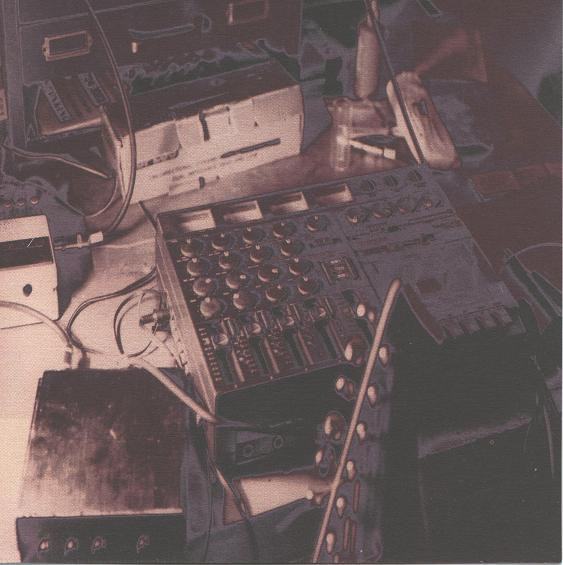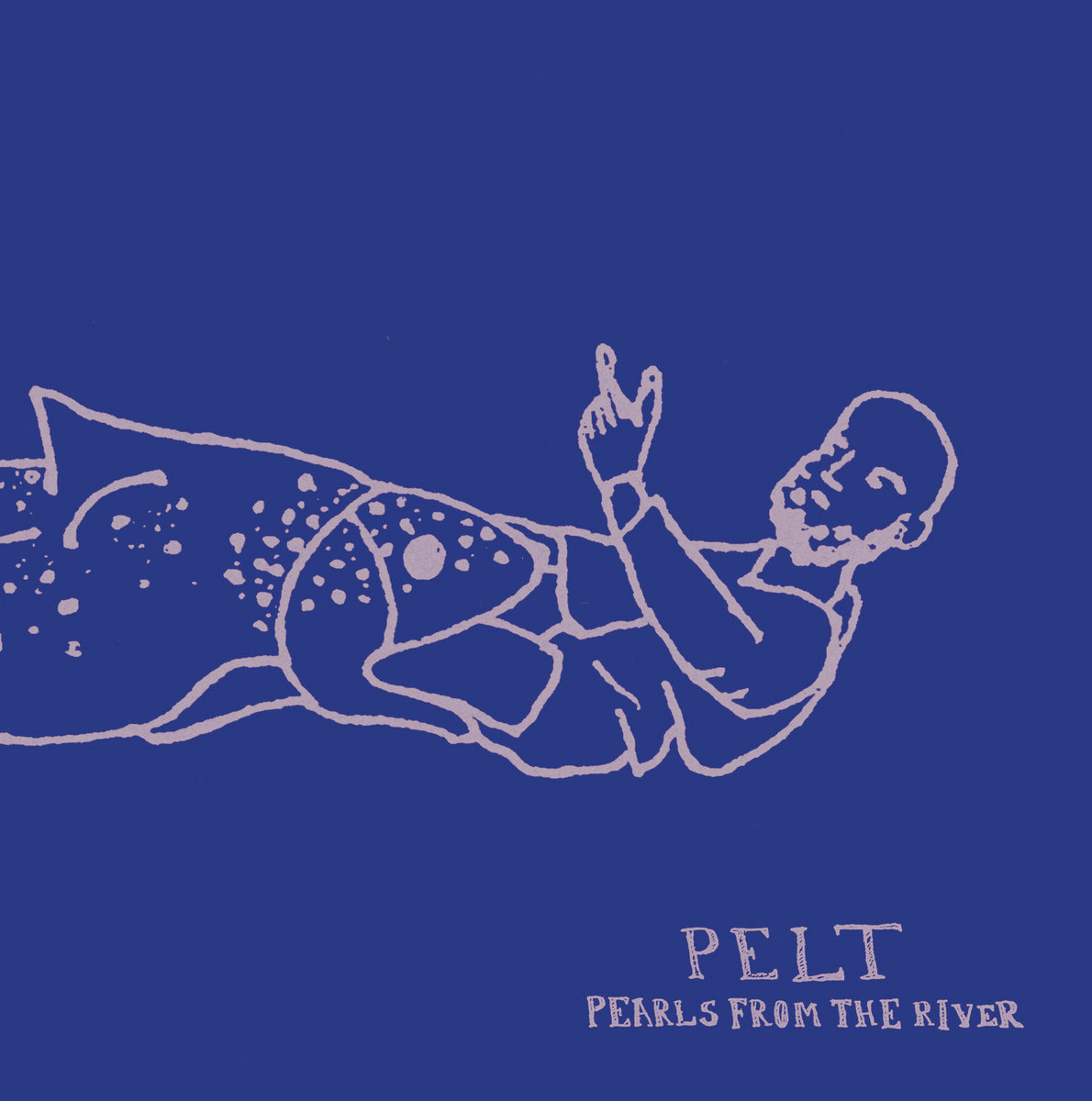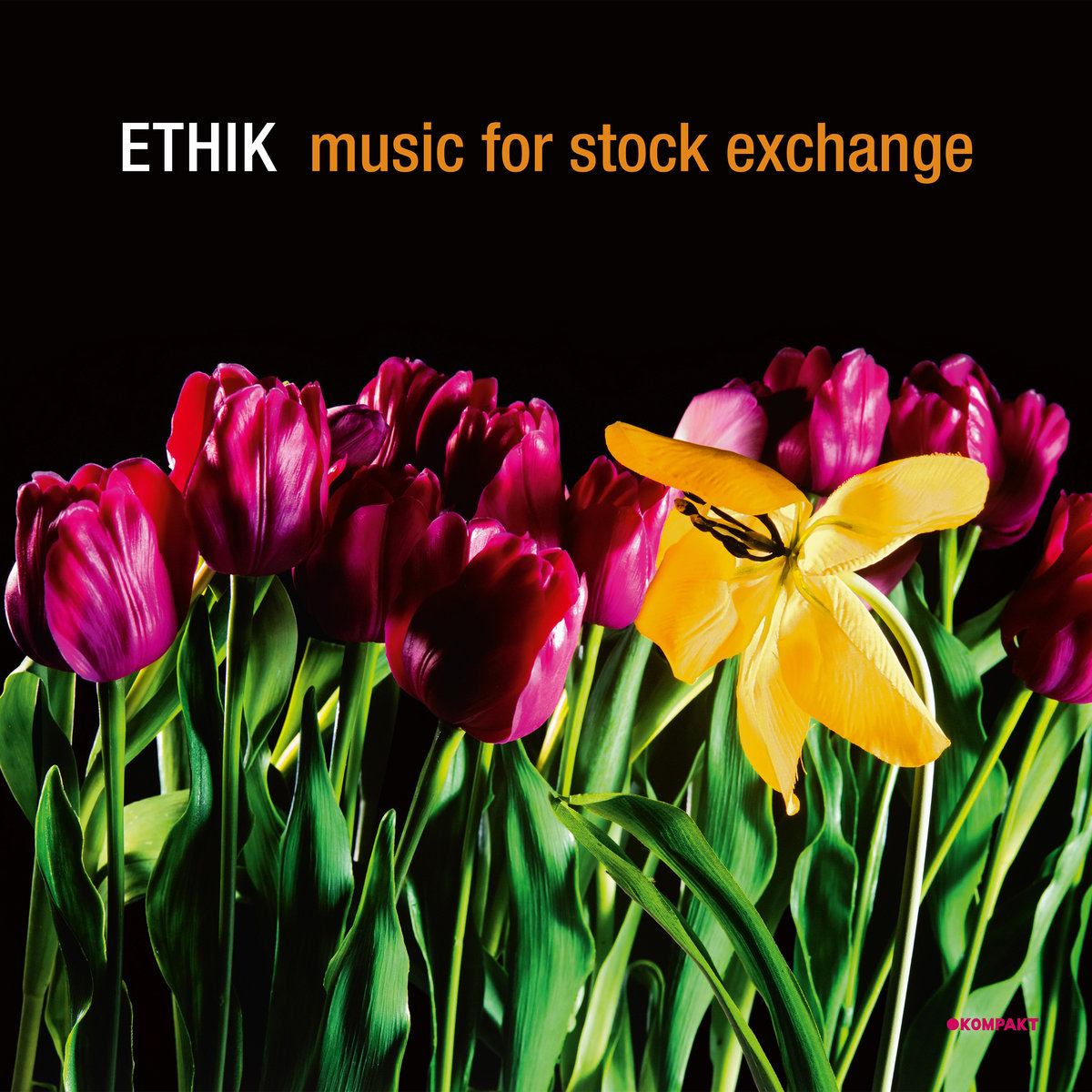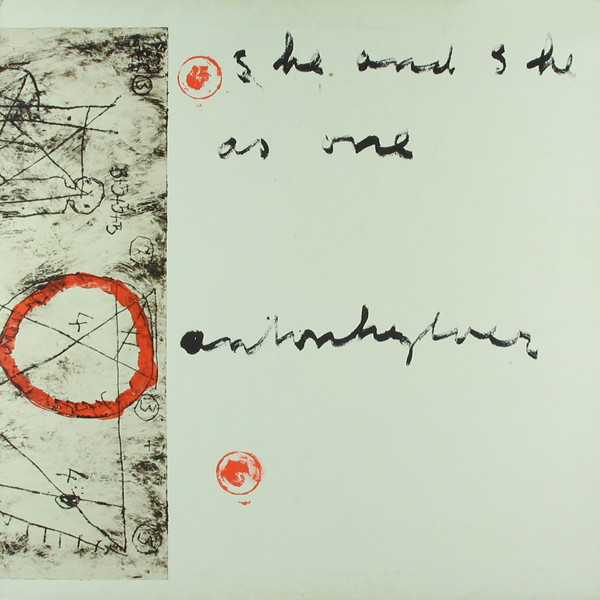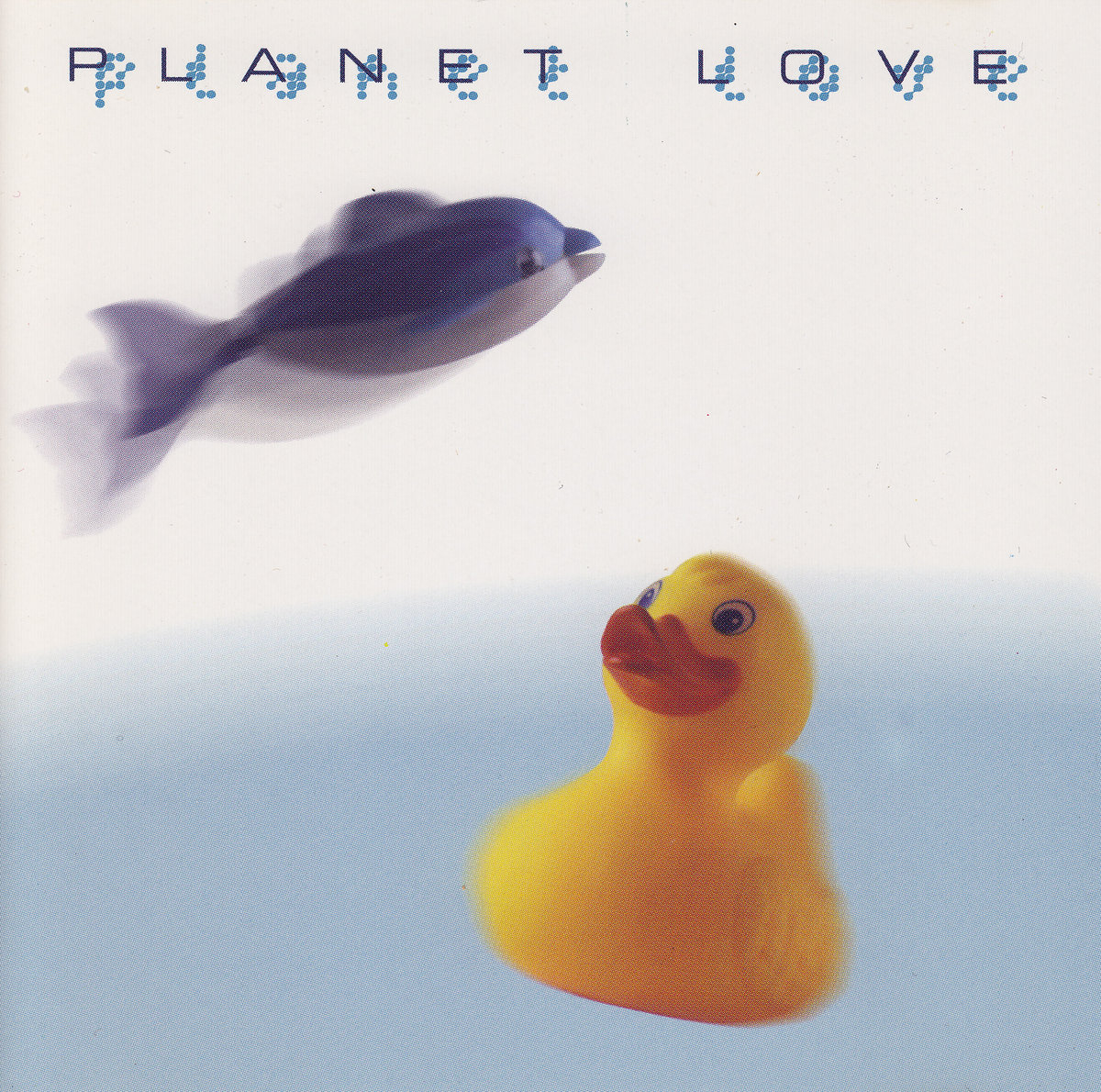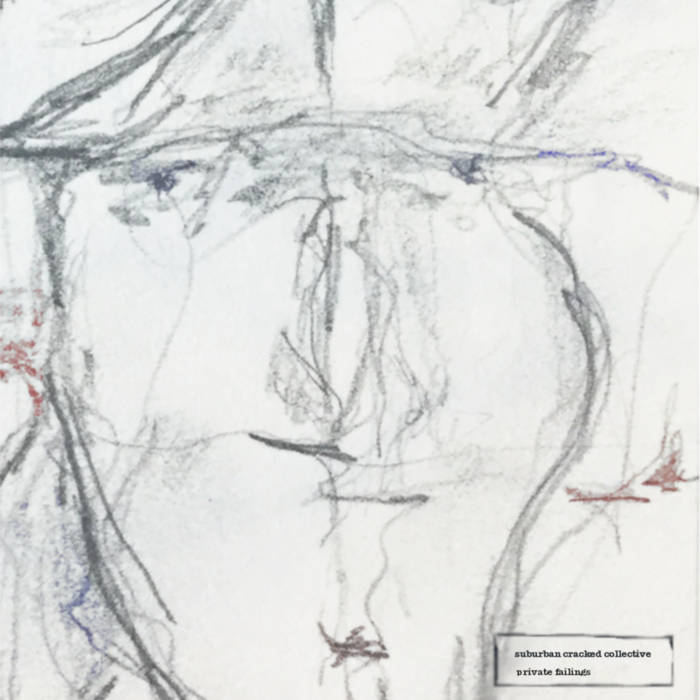Recent Scenes
(A self-reflective playlist)
—Moopie
Recent Scenes
(A self-reflective playlist)
—Moopie
A thoughtful playlist of recent encounters by Moopie (A Colourful Storm) with reflections to boot.
…One needs neither a nose nor a rose to experience the supposed delight of its scent. But music is not like that, surely. Perhaps because the value of a given composition – supposing it has at least extrinsic value – is an emergent feature of the unfolding relationship between and in-between the notes, as opposed to (say) any one particular note-moment (which despite itself comprising (in)numerable constitutive notes, reveals everything not gradually, but more or less all at once).
At any rate, after/during listening to and reading what follows here, visit A Colourful Storm for sentimental compilations, heavenly reissues, sharp, ruffneck jungle, scattergun dnb, industrial ambience, d-floor stomperz and complex, bleached-out chillout-room atmospheres.
Liner Notes
Roy Montgomery, 324 E 13th Street #7
Drunken Fish, 1999
I’ve been obsessed with Roy Montgomery lately. Dadamah and The Pin Group – two-storied groups he played part in – hold a special place in my musical trajectory but, inexplicably, I’d not lent my ears to his solo work until recently. There’s a dialogue between his voice and guitar playing that I find so alluring – it’s joyous, poignant and, dare I say apocalyptic all at once, evoking solitude and desolation, which I’ll probably always relate to. His best-known work might be Scenes From The South Island (which was beautifully written about by David Keenan in his autobiographical playlist) but 324 E 13th Street #7, a compilation of predominantly 90s pieces reveals a beautiful affection for songwriting.
Köhn, Köhn
(K-RAA-K)³, 1998
Köhn was originally released in 1998 but only came to my knowledge after being reissued by Cortizona last year. This record is interesting in that it sounds so dry yet full of life compared to (say) something released on Raster-Noton or Mille Plateaux during the same era. And I know that I’m maligning these artists and labels who were most definitely each trying for something different, but in terms of sonic experimentation, instrumentation and sampling, I think this album sounds more human and beautifully naïve. I’ve picked the track “Köhnepijp” but the whole album is full of surprises.
Isolée, Rest
Playhouse, 2000
This record has been talked about a lot already so I apologise if I’m treading old ground. Having exposed myself to dance music cycles over the years and investigating so-called micro- and minimal house, I can see why Rest had the capacity to reach beyond merely electronic music fans and, for the same reasons, why my listening habits didn’t initially give it a chance. This album, like certain albums by say, Ricardo Villalobos, feels like a work by a virtuoso who just happened to choose four-four as their canvas. So many dots within the musical constellation are referenced without it ever sounding contrived and there is an underlying playfulness that my younger self would’ve definitely dismissed. “Beau Mot Plage” is the hit but my favourite standalone track might be “Music…”.
Gemini, In And Out Of Fog And Lights
Peacefrog, 1997
I bought this album on CD last year and think it’s an interesting one to talk about after Isolée. Gemini is one of the mythologised figures in certain electronic music circles whose work I seem to always come back to. There’s a grittiness, subtlety and sense of patient, focussed experimentation, which I think is missing in other house music albums from that time. I like lesser-conceptualised, beat-oriented albums like this as they are unashamedly functional and work on a different level to something like Rest – not to say that this is just a collection of jams bundled together to fit the length of an album, rather that each track feels more spontaneous and there seems to be little by way of detailing or post-production processes.
Pelt, Pearls From the River
VHF, 2003
I sent this to Bayu recently after seeing it stocked at Repressed Records in Sydney and being extremely curious about the sleeve. The music completely delivered too – he said it reminded him of Razen’s Endrhymes and parts of the last Maciunas Ensemble album, which is probably telling of our excitement when we hear music made with unique instruments delivered so well. Pearls From the River is a freeform ‘acoustic’ album from 2003 performed by the original trio of Pelt. The combination of banjo, guitar and droning cello alongside bass guitar and Esraj might not sound like it would work on paper, but this session is masterfully paced and explodes at all the right moments.
Locust, Truth Is Born Of Arguments
Apollo, 1995
I’m a fan of Mark Van Hoen and all of his related projects – this is one of his early albums that I hadn’t listened to until very recently. Weathered Well is one of my favourites from that era as I think it captures my imagined idea of the UK’s post-rave uncertainty to a tee, and its ominous overtones seem to be solidified in Truth Is Born Of Arguments. Truth makes its presence felt from the start – it’s more forward and assertive and some of its beat structures and sampling methods sound not too dissimilar to what Scorn or Muslimgauze were also trying during that time. I also love the sequence of tracks from “The Optimist” until the end – they arrive and drift away like some kind of short respite.
Ethik, Music For Stock Exchange
Eat Raw, 1993
Katie (Roza Terenzi) reminded me of this album when we played together last month. She played one of the downtempo tracks and I couldn’t believe how well it blended with contemporary electronic stuff, and also that it was made by Jörg Burger and Wolfgang Voigt, two artists whose solo work can sound quite different. It’s amazing that this album was produced in 1993 – it sounds so polished and refined compared to a lot of music from that time; I believe it’s one of only two albums that these guys recorded together (Burger/Ink’s classic Las Vegas being the other).
Anton Heyboer, She And She As One
EMI, 1976
Anton Heyboer was a storied artist from the Netherlands who primarily worked in painting and printmaking. I first found out about him through Graham Lambkin’s mix for our old series in which he included the title track, a minimal composition comprised of an organ-like instrument and murmured voice. The rest of the album follows suit, and although his words are mostly indiscernible to my ears, I think track titles like “Solution Is Not Possible” and “Life Knows By Intuition” give some hint to the philosophical stakes at play. This is a beautiful, delicate one-off recording from the artist’s breakthrough period, which was surprisingly released by EMI – another part of the story which I’d love to find out more about.
Planet Love, Planet Love Volume 2
Superstition, 1996
Planet Love is an alias of Marco Repetto, an artist whose work seems to always find its way into my sets. It’s one of his many aliases – Bigeneric being another – which were mainly active during the ’90s. It seems that he’s still active today, having released a collection of tracks under his own name last year, as well as an archive of his early works that lean more towards industrial and new wave sounds. Planet Love Volume 2 was released on Superstition, a prolific German label probably best known for its faster-paced and overtly melodic releases. It’s one of their more subdued offerings (Clever ‘n Smart’s Sharp Six and John Beltran’s Fragile singles also come to mind) and bears a sparser, groovier production quality compatible with a lot of other stuff from my current listening habits. Worth mentioning too, that Marco also played drums in the seminal band, Grauzone!
Suburban Cracked Collective, Private Failings
No Confidante Dictae Recs, 2019
This is one of the last albums and artists I discovered and it was tipped off to me by Josh (of Nerve; see 2020, 2018, 2017, 2016) late last year. I think I’ll always associate these kinds of highly musical, yet completely derelict pieces with my idea of Australian music. It sounds honest and ambitious to my ears, and I get a sense of longing and desperation as opposed to the complacency or self-satisfaction I hear when listening to a lot of contemporary Australian electronic music. Suburban Cracked Collective sounds like they’re maximising the musical potentials of, literally, whatever’s on hand. And upon listening back, I realise that I prefer the sonic qualities of domestic sounds as source material rather than field recordings from the outside world. This album is surprisingly melodic (I’ve got “The Secret Chief” in my head now) and “Milton’s Stilton”, the last track on the first side of the record is like nothing I’ve ever heard.
